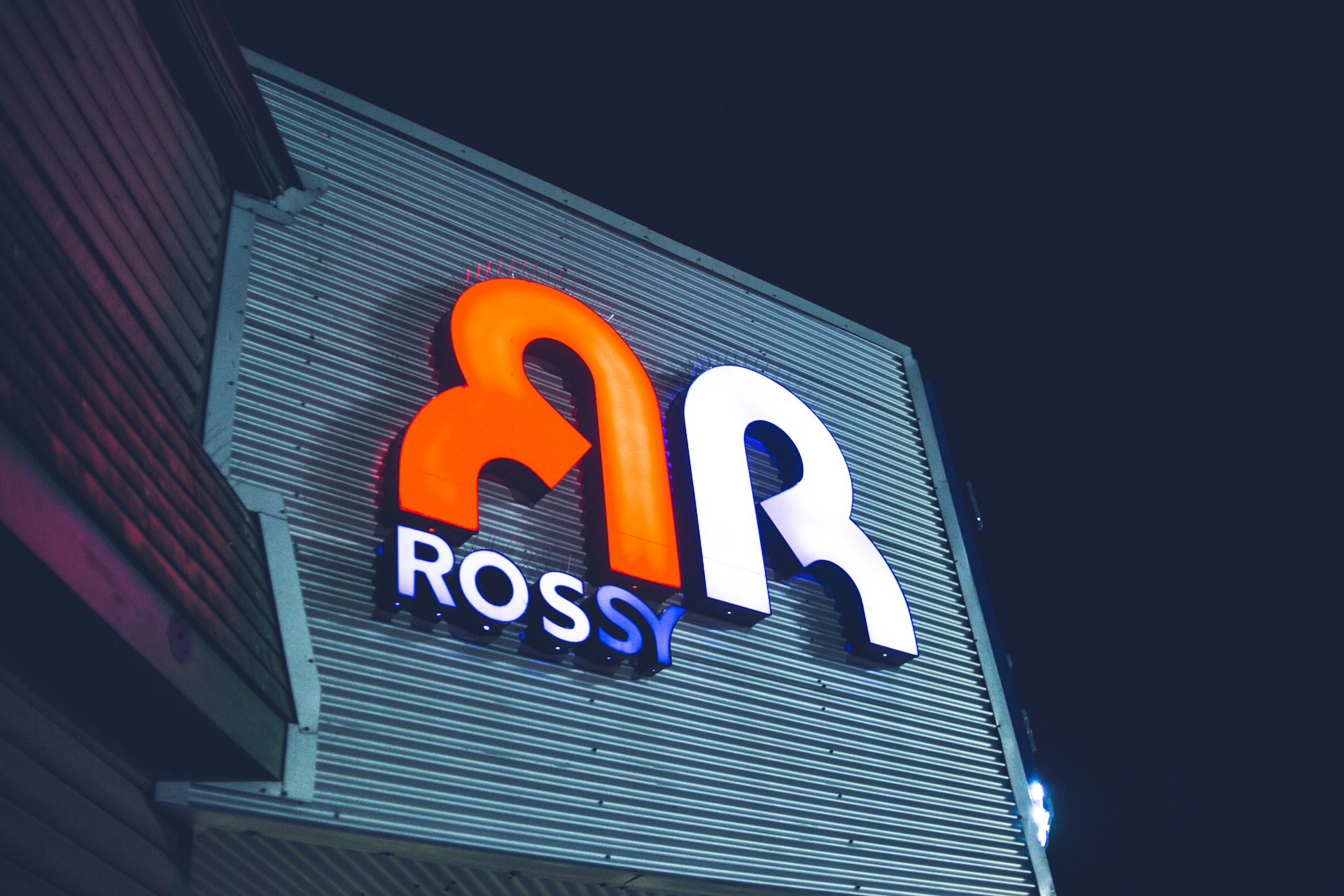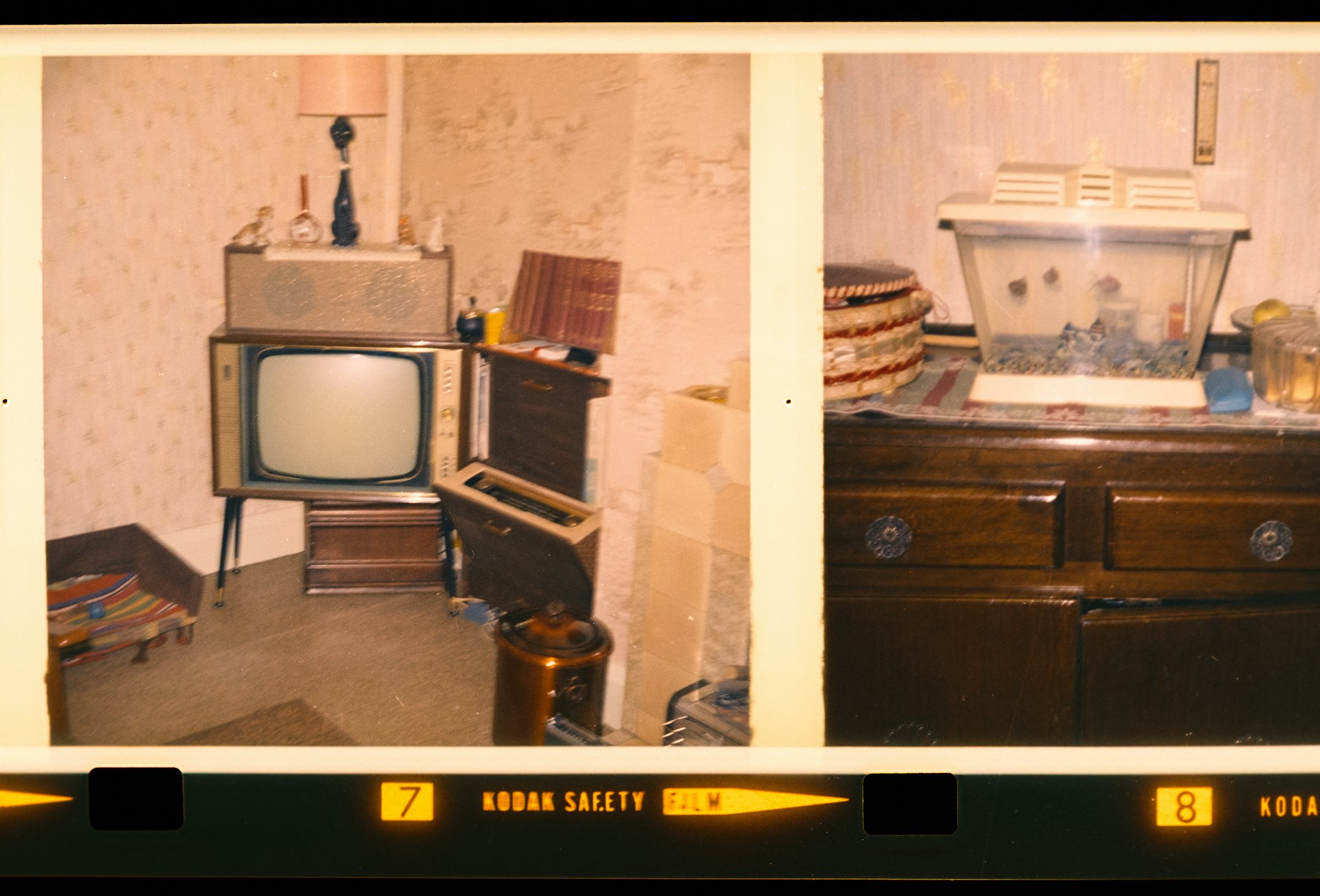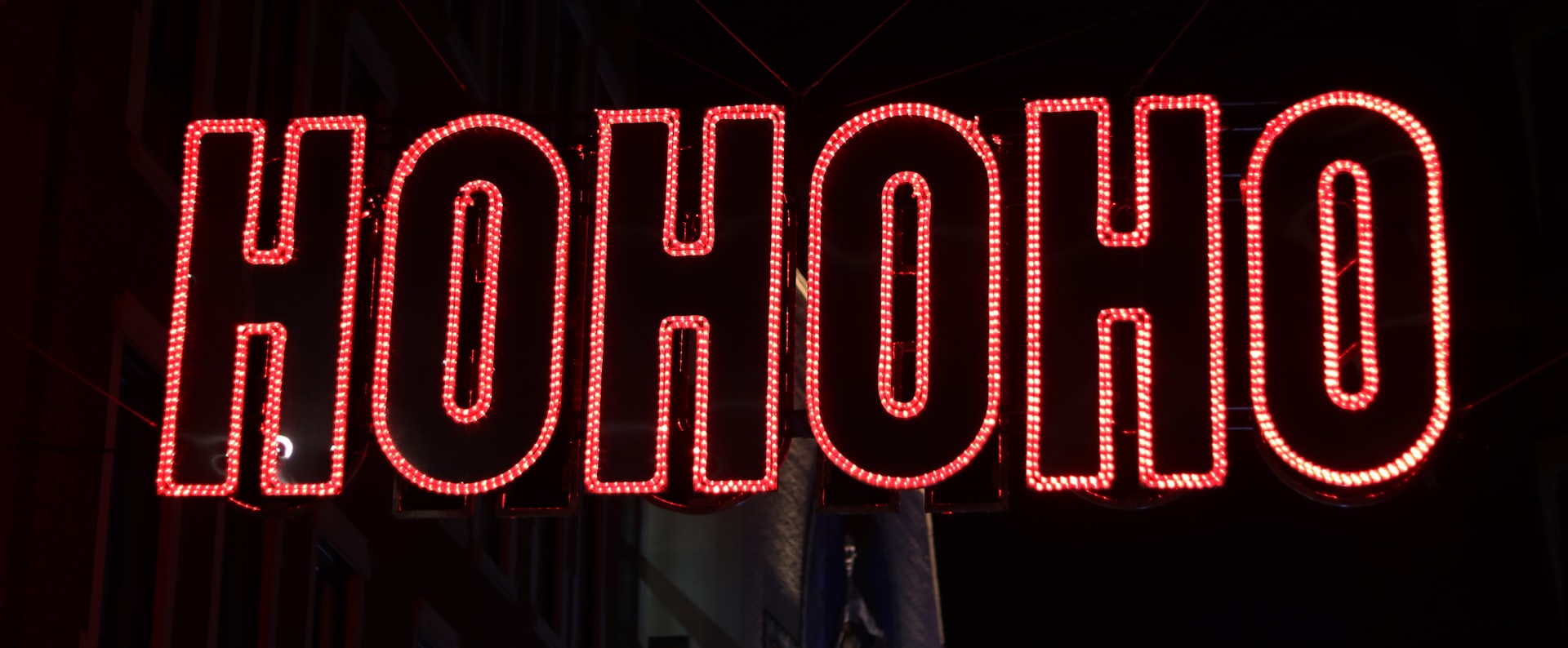Unlocking the Benefits of Digital Detox for Mental Health and Well-Being

Photo by Finde Zukunft on Unsplash
Understanding Digital Detox: Why It Matters for Mental Health
In a hyperconnected world, our reliance on smartphones, social media, and other digital platforms has grown rapidly. While technology offers convenience, constant connectivity may also lead to negative mental health outcomes such as increased stress, digital fatigue, and symptoms of depression. Digital detox refers to a deliberate break or reduction in the use of digital devices, aiming to restore balance, improve well-being, and reestablish healthier boundaries with technology. Recent research consistently highlights the potential of digital detox interventions to improve aspects of mental health, particularly by reducing depressive symptoms and supporting emotional regulation [1] [2] .
The Science Behind Digital Detox and Mental Health
Multiple systematic reviews and meta-analyses have examined how digital detox strategies impact psychological well-being. A comprehensive analysis of various studies found notable benefits in reducing depressive symptoms among participants who limited their use of social media or smartphones [1] [3] . For example, individuals who began with higher levels of depression experienced the most pronounced improvements, with some moving from moderate to mild symptom ranges after digital detox interventions. However, the effects on broader measures such as stress and life satisfaction were less conclusive, indicating that while unplugging helps with depression, it may not be a universal solution for all mental health issues [2] .
Other benefits reported include improved attention, increased self-reflection, and enhanced social connectedness. Some studies also note that digital detox can lead to greater awareness of online behaviors and support the development of healthier digital habits [4] . However, challenges such as feelings of boredom, withdrawal symptoms, or temporary loneliness may occur during the initial stages of a detox [5] .

Photo by Total Shape on Unsplash
How to Start a Digital Detox: Step-by-Step Guidance
Embarking on a digital detox can be approached in several ways, depending on personal preferences and goals. Below is a practical, step-by-step guide to help you implement your own digital detox for mental health:
- Set Clear Intentions: Define why you want to take a break from digital devices. This could be to improve focus, reduce anxiety, or reconnect with offline activities.
- Choose Your Detox Strategy: Decide whether to completely abstain from all digital devices, reduce usage of specific apps (such as social media), or establish device-free zones and times (for example, no screens during meals or before bedtime).
- Plan Your Duration: Interventions in studies have ranged from short one-week breaks to reducing usage by a set amount each day over several weeks. Start with a manageable target, such as limiting social media to 30 minutes daily for two weeks.
- Inform Your Network: Let friends, family, or colleagues know about your detox plan to set expectations and gain support.
- Find Alternative Activities: Replace screen time with hobbies, physical activity, reading, or social interactions in person. This helps fill the void digital abstinence may create.
- Monitor Your Progress: Use journaling or tracking apps (if not part of your detox) to note mood changes, sleep quality, and stress levels. Self-assessment helps reinforce positive changes and identify challenges.
- Address Withdrawal Symptoms: Temporary feelings of boredom, anxiety, or loneliness are common. Accept these as part of the adjustment process and seek support if needed.
- Review and Adjust: After your planned detox period, reflect on the experience and adjust your digital habits for sustained benefit.
Real-World Examples and Case Studies
Several recent studies illustrate the effectiveness of digital detox interventions:
- A 14-day social media detox in young adults, limiting usage to 30 minutes per day, resulted in improved sleep quality, life satisfaction, and reduced stress levels. Participants also felt healthier and more socially connected [2] .
- In a week-long Instagram break study, female participants reported significantly higher life satisfaction and more positive emotions, largely linked to decreased social comparison. No significant changes were observed in men, highlighting differences in how digital detox impacts individuals [2] .
- Another analysis found that both group and individual digital detox interventions led to lower smartphone addiction scores, though group settings appeared more effective. Participants commonly experienced withdrawal symptoms such as cravings but also reported a sense of relief and increased self-regulation after the intervention [3] .
Potential Challenges and Solutions
While the benefits of digital detox are well documented, individuals may face obstacles during implementation:
- Boredom and Loneliness: Initial feelings of isolation are common, especially when digital devices are a major source of social interaction. Planning alternative activities and reaching out for in-person support can help alleviate these effects.
- Withdrawal Symptoms: Cravings for digital interaction may temporarily intensify. Mindfulness practices, deep breathing, and gradual reduction strategies can ease the transition.
- Relapse: It is common to revert to old habits. Setting realistic goals, using app blockers, and seeking accountability from peers can support long-term change.
Alternative Approaches to Digital Detox
If a full digital detox feels overwhelming, consider these alternatives:
- Micro-detoxes: Designate brief device-free periods throughout the day, such as during meals or before bedtime.
- App-Specific Breaks: Uninstall or mute notifications from specific applications that contribute most to stress or distraction.
- Weekend Unplugging: Reserve weekends or certain days as technology-free to reset and recharge.
- Mindful Technology Use: Practice intentional use of devices, focusing on value-driven activities and limiting passive scrolling.
How to Access Digital Detox Resources and Support
If you are interested in structured digital detox programs or professional support, you can:
- Consult a licensed mental health professional or therapist, especially if you experience significant distress related to technology use.
- Explore local community centers or wellness organizations, many of which offer digital wellness workshops or group detox challenges.
- Search for “digital detox program” or “technology wellness retreat” in your area to find reputable providers and events. Always verify the credentials and reviews before enrolling.
- For workplace-related digital overload, speak with your HR department about possible digital wellness initiatives or employee assistance programs.
Key Takeaways
Digital detox can be a powerful tool to reduce depressive symptoms, improve emotional regulation, and foster healthier technology habits. While not a universal solution for all mental health concerns, evidence-based strategies and gradual implementation can help you achieve real, lasting benefits. If you encounter challenges, seek support from mental health professionals or peer groups, and remember that small, consistent changes often yield the most sustainable results.
References
- [1] PubMed Central (2024). Impacts of digital social media detox for mental health: A systematic review and meta-analysis.
- [2] Zeam Health (2024). The Digital Detox: Does Unplugging Really Help Mental Health?
- [3] SAGE Journals (2022). Digital detox: An effective solution in the smartphone era? A systematic review.
- [4] Frontiers in Human Dynamics (2025). Digital detox as a means to enhance eudaimonic well-being.
- [5] PubMed Central (2023). A Comprehensive Review on Digital Detox: A Newer Health and Wellbeing Approach.
MORE FROM hotondeals.com













